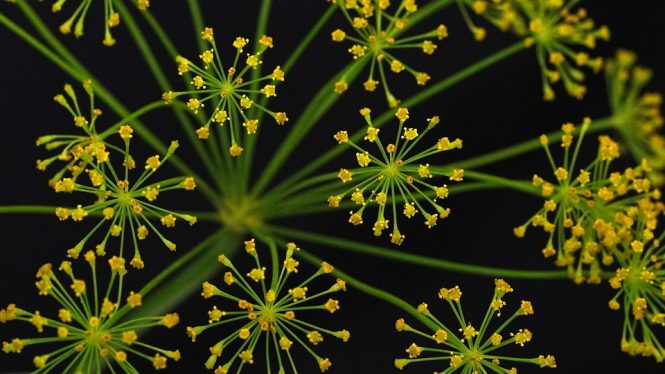
The Flavorful World of Herbs and Spices
Herbs and spices have been a cornerstone of human cuisine for centuries, adding flavor, aroma, and depth to a wide variety of dishes. From the warm, aromatic spices of India to the fragrant herbs of the Mediterranean, these plants have played a significant role in shaping the culinary traditions of cultures around the world.
What are Herbs and Spices?
Herbs and spices are plants or plant parts that are used to flavor, season, and preserve food. Herbs are typically the leaves, stems, or flowers of plants, while spices are the seeds, bark, roots, or other plant parts that are used to add flavor and aroma to food. Herbs tend to be more delicate and are often used fresh, while spices are often dried and can be stored for longer periods of time.
History of Herbs and Spices
The use of herbs and spices dates back to ancient times, when they were not only used to flavor food but also for medicinal and spiritual purposes. In ancient Egypt, for example, herbs and spices were used to preserve food, prevent spoilage, and even to treat illnesses. The ancient Greeks and Romans also used herbs and spices extensively in their cooking, and many of the spices they used, such as black pepper and cinnamon, are still popular today.
Types of Herbs and Spices
There are countless types of herbs and spices, each with its own unique flavor and aroma. Some of the most commonly used herbs include:
- Basil: a sweet, fragrant herb commonly used in Italian and Thai cooking
- Rosemary: a piney, herbaceous herb often used in roasted meats and vegetables
- Thyme: a savory, slightly minty herb commonly used in soups, stews, and sauces
- Cilantro: a fresh, citrusy herb often used in Mexican and Asian cooking
Some of the most commonly used spices include:
- Black pepper: a sharp, pungent spice made from the berries of the Piper nigrum plant
- Cinnamon: a warm, sweet spice made from the bark of the Cinnamomum verum tree
- Turmeric: a bright yellow spice made from the roots of the Curcuma longa plant, commonly used in Indian and Middle Eastern cooking
- Paprika: a sweet, smoky spice made from the dried fruit of the Capsicum annuum plant
Health Benefits of Herbs and Spices
In addition to their culinary uses, many herbs and spices have been shown to have significant health benefits. For example:
- Turmeric contains a compound called curcumin, which has anti-inflammatory and antioxidant properties
- Ginger has been shown to have anti-inflammatory properties and can help to alleviate nausea and digestive issues
- Cinnamon has been shown to have a positive effect on blood sugar levels and may help to reduce the risk of heart disease
- Rosemary contains a compound called carnosic acid, which has been shown to have antioxidant and anti-inflammatory properties
Using Herbs and Spices in Cooking
Herbs and spices can be used in a variety of ways to add flavor and aroma to food. Some tips for using herbs and spices in cooking include:
- Use fresh herbs whenever possible, as they tend to have a more vibrant flavor and aroma than dried herbs
- Store spices in a cool, dry place to preserve their flavor and aroma
- Experiment with different combinations of herbs and spices to create unique flavor profiles
- Use herbs and spices to add depth and complexity to soups, stews, and sauces
- Try using herbs and spices to marinate meats, poultry, and seafood before cooking
Conclusion
Herbs and spices are a vital part of any kitchen, adding flavor, aroma, and depth to a wide variety of dishes. With their rich history, diverse types, and numerous health benefits, it’s no wonder that herbs and spices have been a cornerstone of human cuisine for centuries. Whether you’re a seasoned chef or just starting to explore the world of herbs and spices, there’s no denying the impact that these plants can have on the flavor and enjoyment of food. So next time you’re cooking, be sure to reach for the herbs and spices and add a little extra flavor and flair to your meal!